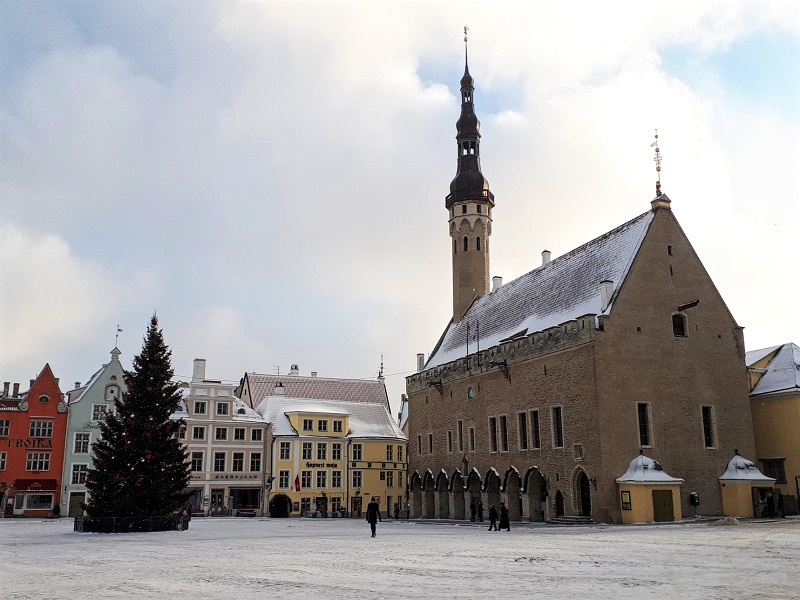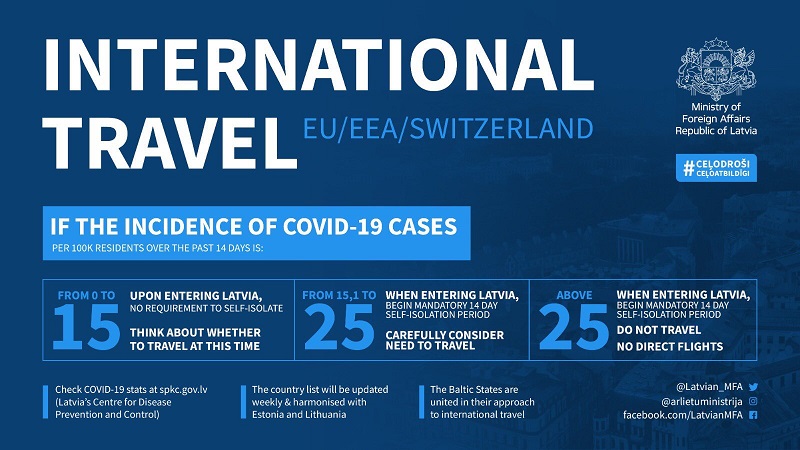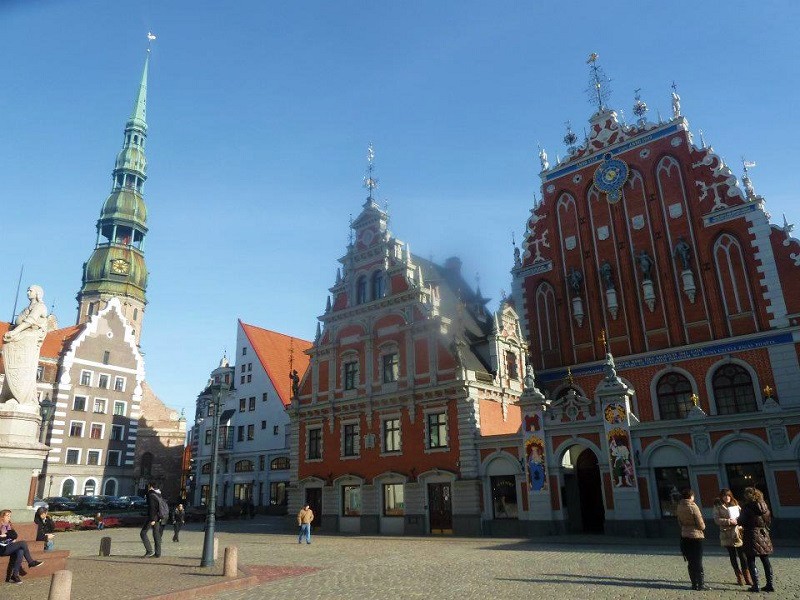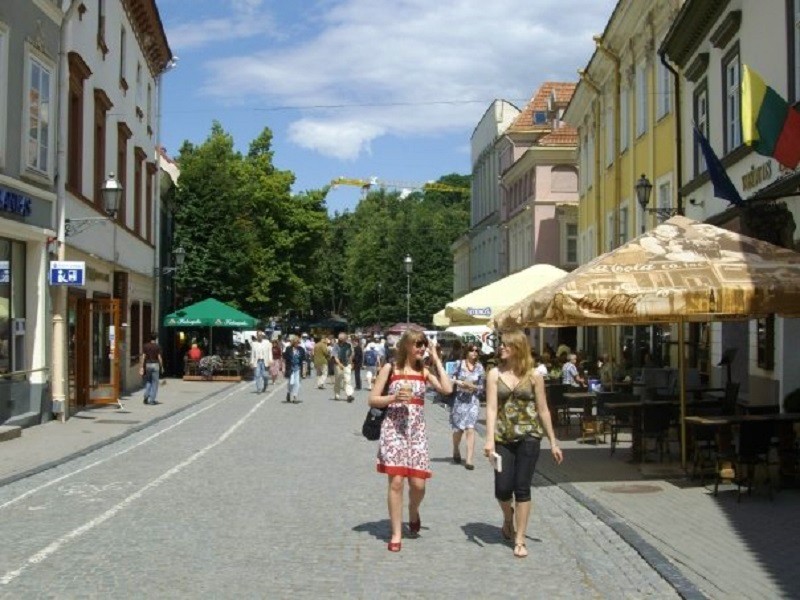Baltic States Open Again For Tourists With Unusual Entry Requirements
The Baltic states of Estonia, Latvia and Lithuania have opened their doors again to tourists from other EU countries although rather unusual entry requirements apply.
Baltic bubble
The three Baltic countries, which all have a relatively low number of corona virus (COVID-19) cases within their borders, have already opened their internal borders.
Called the ‘Baltic travel bubble’, the governments of the three countries already agreed on 15th May to open their borders to each others’ citizens.

Tourism and business
The Prime Ministers of Estonia, Latvia and Lithuania have now agreed to open their countries for tourism and business from other European countries too. The new joint measures already went into effect on 1st June.
Citizens of European Union member states, countries within the Schengen area as well as those living in the United Kingdom of Great Britain and Northern Ireland, are in principle welcome to visit the Baltics if they do not have corona virus symptoms. There is however one major catch.
COVID-19 rate
Travellers who head towards one of the Baltic states are only free to enter without going through compulsory 14-day quarantine or home isolation if the country of departure where they spent the last two weeks before travelling to Estonia, Latvia or Lithuania has a COVID-19 infection rate of less than 15 people per 100,000 inhabitants over the last 14 days.
If the infection rate in their country is still above this number, they will be required to self-isolate for two weeks on arrival.

List of countries
Fortunately, you do not have to calculate this infection rate yourself. The three Baltic countries come with an update of COVID-19 infection rates every week and publish it online.
The Estonian Foreign Ministry for example has the current statistics published online at their website.
Friday update
The tricky aspect is that the list of COVID-19 infection rates is updated every Friday, so we might see a change every week to the list of countries from which people are welcome and from which countries people would need to go in isolation and thus all but killing off tourism and business from there.
Currently, all EU and Schengen states except for Belgium, Ireland, Portugal, Spain, Sweden and the UK have COVID-19 infection rates of less than 15 people for each 100,000 inhabitants and are welcome to visit the Baltic states.

Future planning
Barring any huge wave, this gives quite some certainty to people from countries with relatively low infection rates such as Slovakia (0.8), Iceland (0.9) and Greece (1.3). If you come from one of these countries, you can be pretty certain that the rates will remain low and that even a sudden rise will probably still see an infection rate below 15.
However, there are quite a number of countries which are hovering very close to the threshold of 15 people per 100,000 inhabitants. Italy at 14.3, Luxembourg at 14.9, the Netherlands at 14.4 and perhaps even Poland at a rate of 13.8, could very well fall in the wrong category if they see a sudden super-spreader event and a rise in infection rates.
This might make advance planning of a trip to Estonia, Latvia or Lithuania not entirely without risks as the entry restrictions will be updated weekly on the basis of the infection rates. Coming from these countries, you might want to decide to only book last-minute travels based on the latest numbers and not take the risk of planning weeks or even months in advance.

In short
The Baltic entry requirements are interesting and actually do make a lot of sense. When for example compared to the recent entry requirements to Greece, this plan does not have any major gaps or loopholes I can think of and does correspond most with the actual purpose of such measures: combating the spread of the corona virus.
While the Greek plan still leaves leaves travellers from many countries with lots of questions, the Baltic plan is quite clear as what to expect.
The only problem is that of course those tourists coming from countries with infection rates close to the threshold of 15 per 100,000 citizens might find it too risky to plan any Baltic travel ahead of time and might opt instead for a holiday somewhere else.
Never miss out on news and flight deals
If you want to stay up to date on the latest travel news make sure to regularly read our website. We also recommend to regularly check the flight deals section to make sure you will not miss out on great flight deals or special sales.
Or subscribe to our Facebook, Twitter or Instagram pages to receive instant updates!

